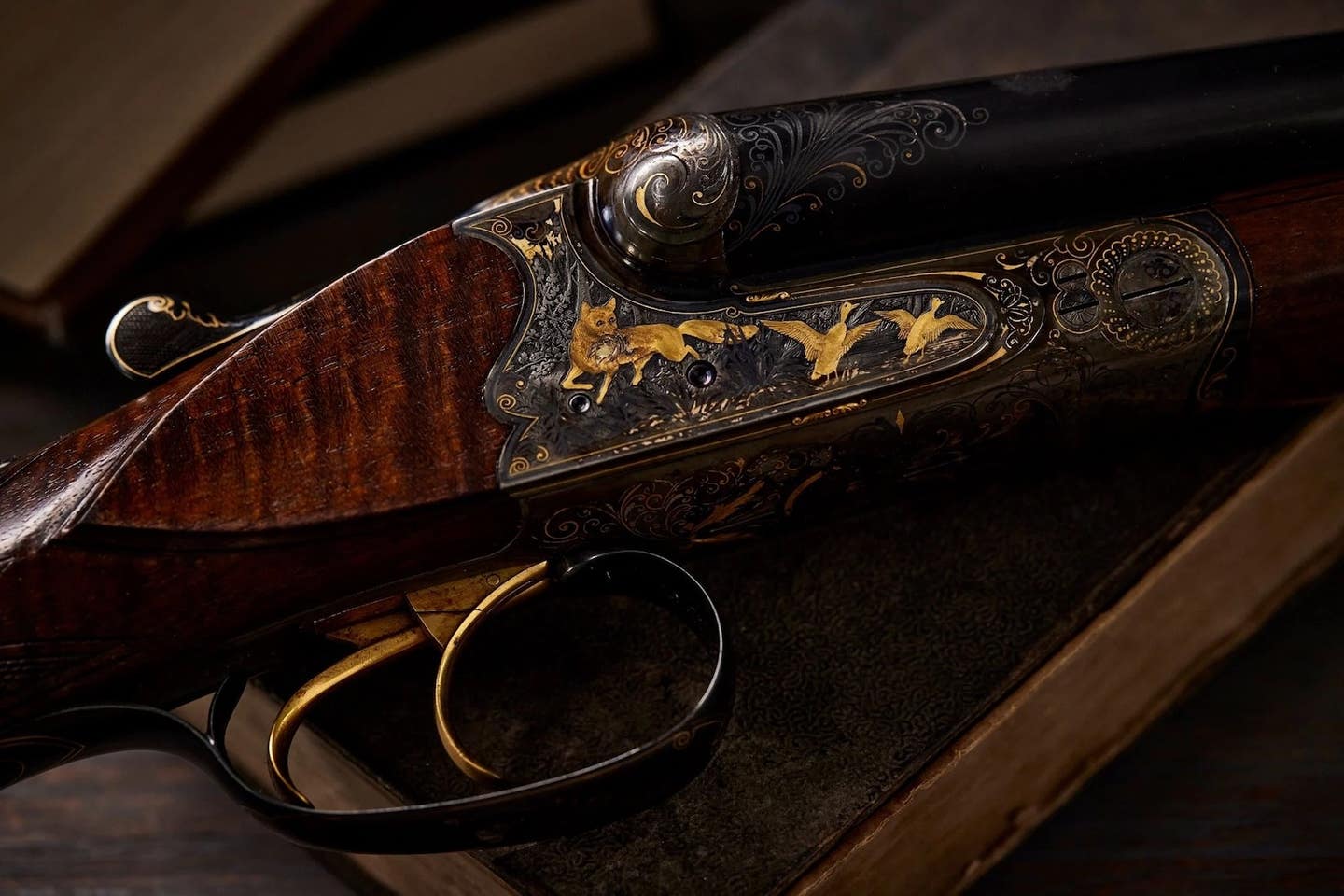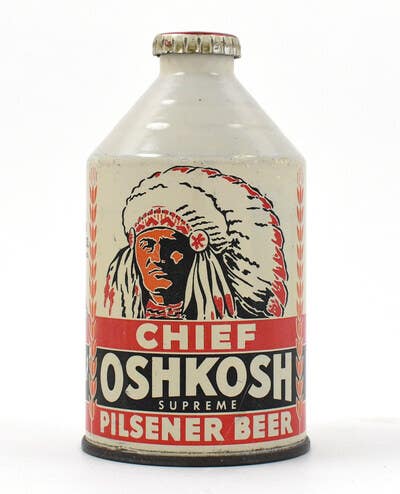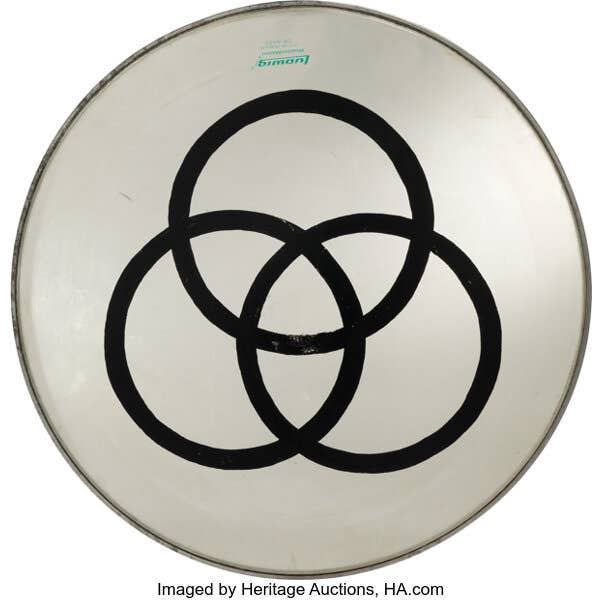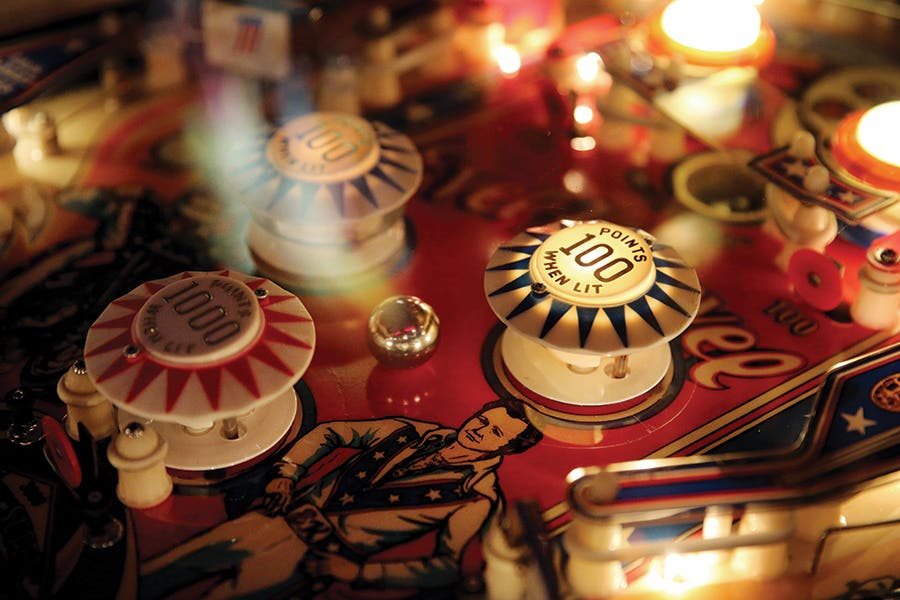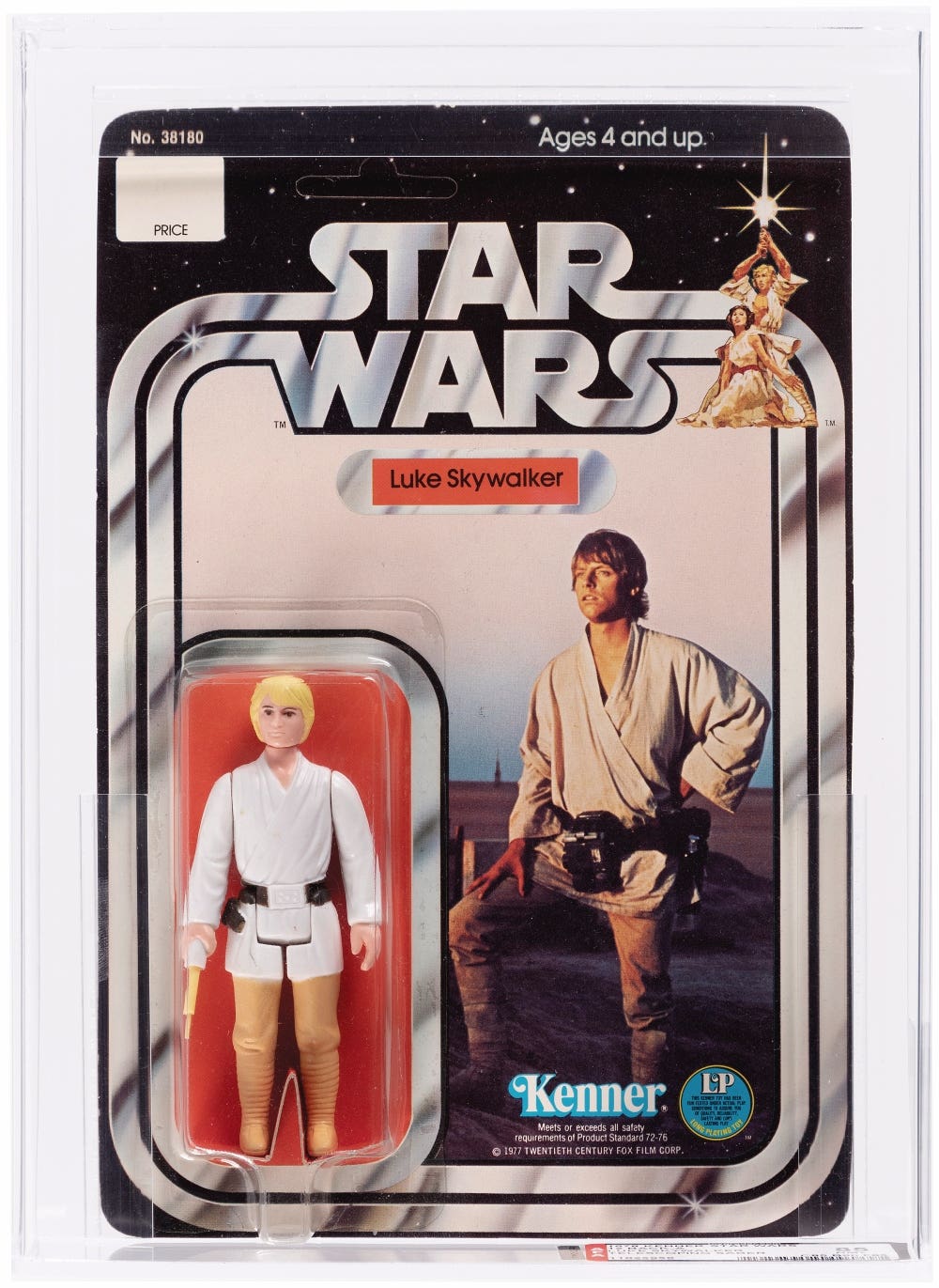Lincoln in Focus: Rare Restored Glass Plate Image of Abraham Lincoln Up for Auction
Once shattered, now restored—this extraordinary image from an 1860 campaign portrait could command up to $1 million.
Among his many accomplishments and great legacy, President Abraham Lincoln is inextricably linked to the rise of photography in America. He is the subject of some of the most iconic American images, and the use of photography during his campaigns and presidency helped shape our perception of history. On April 23, University Archives is offering an extremely rare photographic image of Lincoln. The image is the headliner of the auction and is expected to sell for $800,000 to $1,000,000.
Part of the image’s rarity and significance comes from the fact that it was made decades after Lincoln’s death. Photographer George B. Ayers created the photograph between 1895 and 1900 from an original negative of a portrait taken by Alexander Hesler in 1860 for Lincoln’s first presidential campaign. The Ayers image is an interpositive, or a negative of a negative, in a gelatin silver print on a glass plate.
In a press release, John Reznikoff, president and owner of University Archives, called the image “perhaps the most vivid and lifelike photographic likeness of Lincoln ever produced.” Grant Romer, Director of Photograph Conservation for the George Eastman House, or Eastman Museum, restored the image. He described it as “the closest you will get to ever seeing Lincoln, short of putting your eyeballs on the man himself.”
The glass plate allows for a degree of detail that gets lost in paper prints. This plate is housed in a custom-built case with a backlight, making the presentation even more impressive. It is accompanied by extensive paperwork, including an envelope signed by Ayers and a booklet from The Smithsonian Institution, and previously belonged to the family of collector and Lincoln scholar King V. Hostick.
Glass plate interpositives by George B. Ayers rarely come to the market. Ayers had bought Alexander Hesler’s studio in 1865 and later sold prints made from Hesler’s negatives. Hesler used the wet-plate collodion process, where the glass photographic plate is coated with a nitrocellulose solution. This improved on early daguerreotypes by creating a sharper, more detailed image and allowing for unlimited copies of prints. Unfortunately, Hesler’s glass plates were broken during a shipment in the 1930s. This interpositive may have been among them, as it required a painstaking 18-month restoration process that was the subject of a 2009 lecture at the George Eastman House.
The image is coming to auction during increased interest in Lincoln memorabilia and early photography. Freeman’s | Hindman will hold an auction on May 21 called “Lincoln’s Legacy: Historic Americana from the Life of Abraham Lincoln," following a traveling exhibit of the Lincoln Collection. Christie’s will auction The Maillet Daguerreotype Collection from June 12 to 26, featuring important early photographs and plates, including photographs taken by John Ruskin and Samuel Morse.
You may also like:



